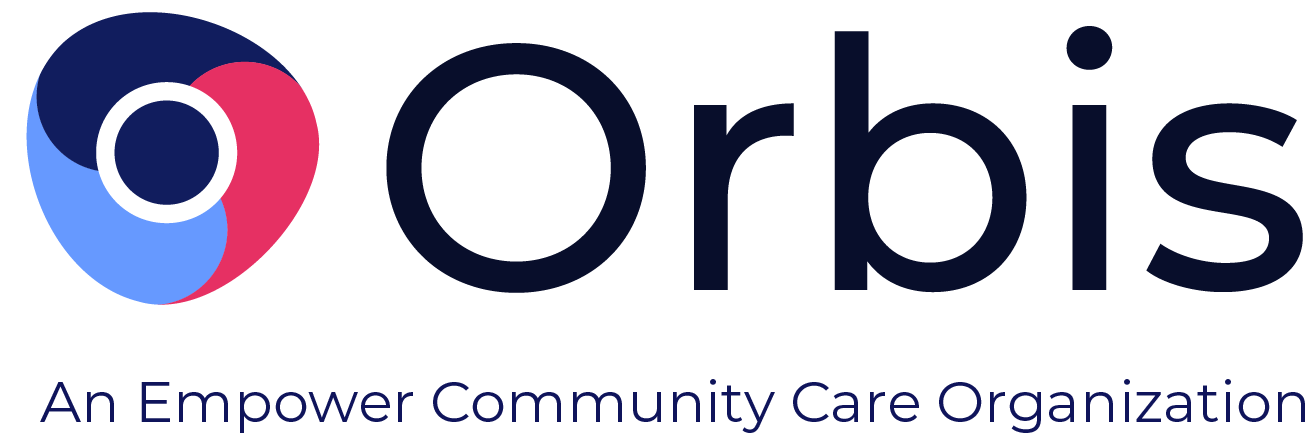The Sellers had lived in Pell City, Alabama for as long as they could remember. They had been married for over 17 years, established themselves in their local church, and had their first and only child, Sydney, in the city. Sydney was their pride and joy—in 2014, she was off to a successful first year of high school, earning her black belt in Taekwon-Do and taking honors classes. On December 7, she was “laughing, joking and watching TV;” everything seemed normal until her parents found her...unconscious in her room. Sydney was only fourteen when she committed suicide, and it was much later when her parents began to learn why: she had been self-harming for months after a semester spent bullied and isolated from friends. Neither her high school nor her parents had known of Sydney’s struggle with bullying, as she had kept it to herself. But on the afternoon of December 7, keeping her isolation and stress inside became too much for Sydney to handle.
When children become teenagers, their likelihood to experience suicidal ideations greatly increases—in fact, suicide is the second-leading cause of death among 10- to 24-year-olds in the United States. Over 703,000 people took their lives around the world in 2019. What’s more, experts estimate that for every completed suicide, 10 are attempted. But before seeking resources to address this heartbreaking act, we must first understand the risk factors and circumstances that can lead adolescents to extreme despair and ultimately death.
Risk Factors for Youth Suicide
There are myriad factors that increase the risk of youth suicide, but they can be divided roughly into two categories: internal and external. Internally, mental health problems are by far most powerfully correlated to suicide—depression, anxiety, bipolar disorder, and others represent some of the internal factors that can increase one’s risk, as almost 95% of those who die by suicide have a psychological disorder at the time of death. Other internal factors include a tendency towards risk-taking behaviors, like drug use, and antisocial or violent behavior. Self-harm also increases the likelihood of suicide during adolescence, though 90% of adults who self-harmed during their teenage years have since stopped after entering adulthood.
Though internal factors like mental health problems can increase an adolescent’s risk of suicide, it is oftentimes in tandem with stressful external circumstances— family divorce, bullying at school, abuse of any sort, and many others— that suicidal thought becomes action. Sydney Seller may have struggled with mental health problems, but her parents and town authorities believe that her death was also related to the bullying and isolation she felt at school. Studies show that juveniles lacking strong social support systems, whether within their families, schools, or communities, are at a higher risk of experiencing suicidal thoughts— in fact, a research team in Cincinnati showed a strong correlation between young adult suicide and households plagued by parental addiction and overdose. In certain cases, schools or communities with high rates of youth suicide can create vicious cycles; exposure to suicidal peers or even media discussions of suicide can cause a higher risk of adolescent death, with some researchers estimating that 5% of teenage suicides occur in “clusters” like this. Clearly, it is not only individual mental health but the health of families and communities, that contribute to suicidal behavior.
Adolescence is a vulnerable and difficult time. Besides the pressure to perform in school, fit in with peers, and explore romantic relationships, young adults are just learning the critical problem-solving and coping skills that will guide them through the rest of their lives. When mental health issues and painful external circumstances collide, it’s difficult for even adults to control their emotions; for younger people, it can sometimes feel impossible. But without support from friends and family, that impossibility can turn to desperation.
A Supportive Youth Mental Health Assessment
There is no instant panacea for suicidal adolescents—getting healthy takes time, hard work, and lots of support. Effective youth mental health assessments are crucial to identify suicidal ideation in justice-involved youth. Fortunately, Orbis Partners provides the Massachusetts Youth Screening Instrument- Web Version 2 (Web MAYSI-2). The Web MAYSI-2 is a cloud-based screening tool used to help juvenile justice programs quickly identify special mental health needs in youth. This youth mental health assessment tool is best suited to assess youths 12 through 17 years old who may have important, pressing behavioral health needs. "It is imperative to identify mental health needs quickly so that youth receive safe and effective treatment," said Josh Glade, Co-CEO of Empower Community Care, the parent company of Orbis Partners. When research shows us that higher risks of suicide connote both mental health issues and external factors, resolutions must follow that research.
Orbis Partners provides solutions for criminal justice and human services systems, specializing in designing and implementing services for at-risk client groups. For more information about assessment tools related to youth mental health, visit our Youth Mental Health Assessment page by clicking here.


